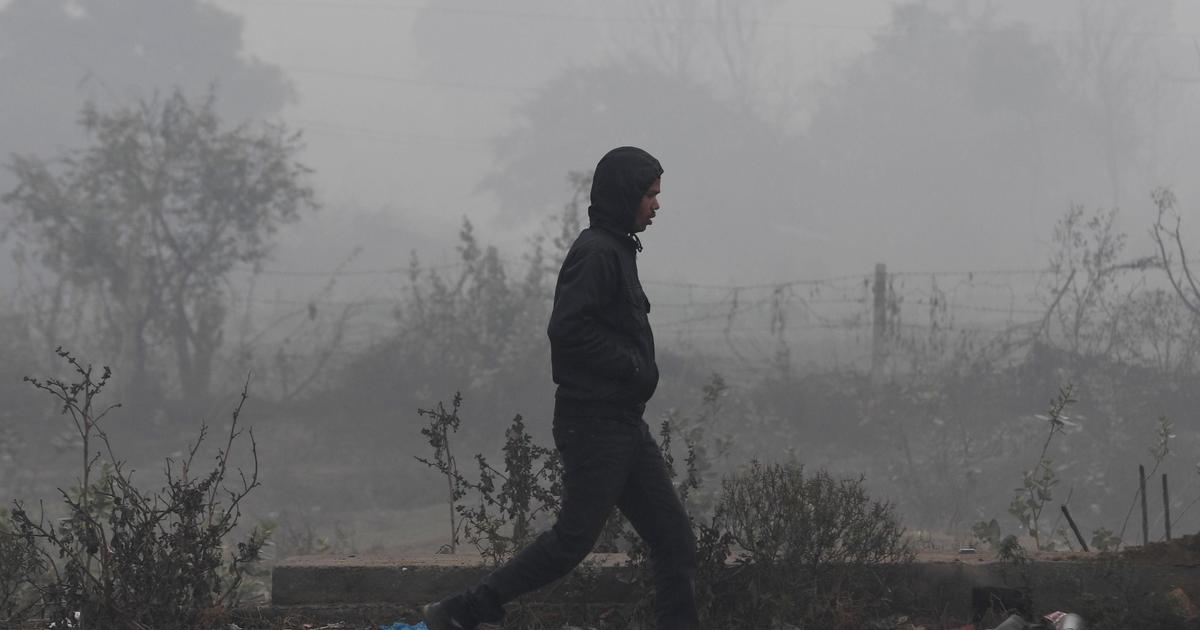
NEW DELHI: The World Health Organisation (WHO) on Wednesday, September 22, updated the air quality guidelines which were set roughly 15 years ago. The WHO cited the reason for this and said that the negative health effects due to air pollution can begin at lower levels than what were previously thought.
According to WHO, an estimated 7 million deaths are caused around the world every year due to cardiovascular and respiratory diseases and these changes are meant to reduce deaths due to these pollutants. According to the new guidelines, the recommended maximum levels for six well-known pollutants, namely particulate matter, ozone, nitrogen dioxide, sulphur dioxide and carbon monoxide, will be lowered.
The global health body specifically emphasised the need to decrease the levels of particulate matter equal to or smaller than 10 and 2.5 microns (PM 10 and PM 2.5, respectively). It added that these particles are primarily generated by the burning of fuels and can get deep into the lungs causing respiratory diseases.
Hans Henri Kluge, Regional Director for Europe, WHO, said that clean air is a fundamental right of all and it is a necessary condition for healthy and productive societies. The WHO added that people living in low- and middle-income countries are exposed to a high level of air pollution as compared to those in high-income countries.

